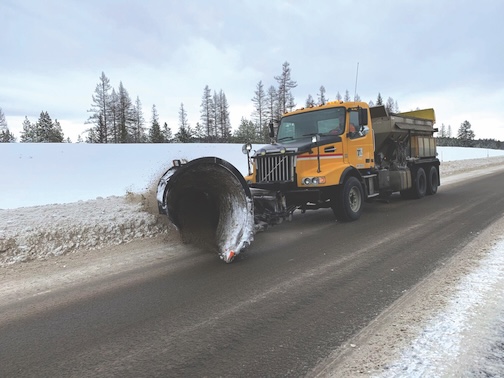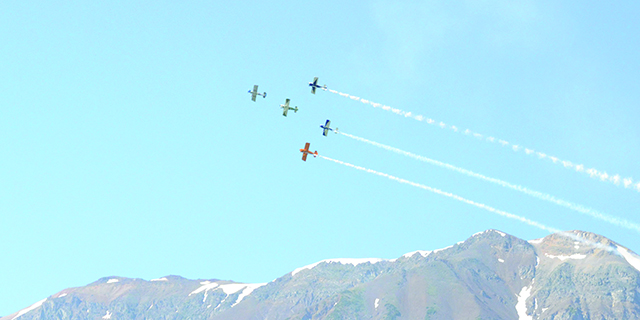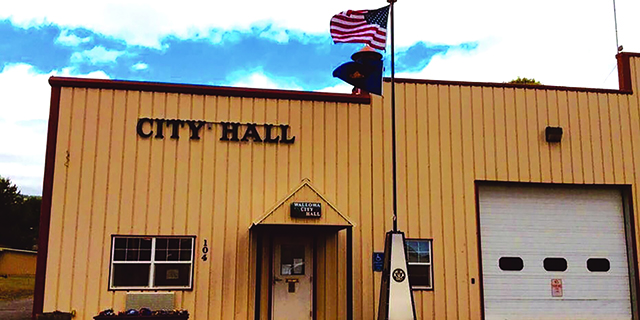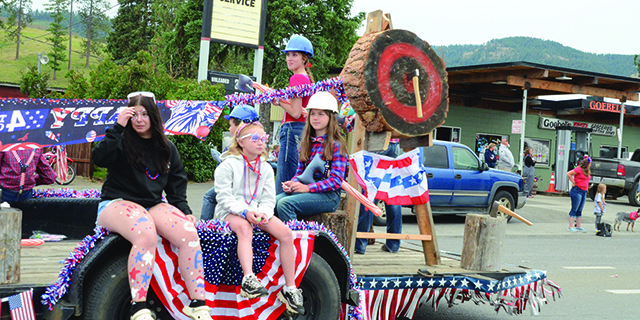MAIN STREET: ‘Natural’ harks back to age 9
Published 5:00 pm Tuesday, May 20, 2014
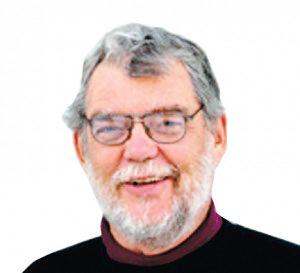
- Wandschneider_mug
I once read that the natural world for each of us is what we remember from the age of 9.
I was only weeks past my tenth birthday when we moved from rural small town Minnesota to Oceanside beach-town California. In my minds eye Southern California is still the Pacific Ocean and the dim but distinct Catalina Islands to the west and snow-capped Palomar Mountain to the east, both visible from Horne Street as we walked to school. The beach was wide and what I now know is an estuary was then a slough that spilled water from what once must have been a river to the ocean and sucked salt water back into a stinking weedy place where we threw rocks and bottles and sometimes floated above the stench on makeshift rafts. There were canyons with caves at the inland edge of Oceanside, and a two-lane road linked us to the hot, dry towns of Vista and Escondido. (Those names important now as they are cities threatened by fire.)
Trending
The palm trees along the beach were part of the natural landscape, and Camp Pendleton to the north was chaparral from beach to inland hills sometimes we would see ships offshore, and occasionally landing craft on the sand and tanks moving through the brush.
The freeway wasnt there, and two-lane Hwy 101 skirted along the ocean, through the heart of town, and down the coast to Del Mar, where race horses ran in the water and around the large oval track set in the hills above the ocean. From there 101 went to San Diego and Mexico skipping La Jolla, the coastal jewel where the rich lived and we played high school baseball and went to a coffee house and drank espresso and listened to folk singers in the late 1950s.
But I get away from the natural world: Live Oak Park, where we, as young Boy Scouts, picked mistletoe from large trees to sell at Christmastime; Palomar, where we played in the snow on a sixth grade field trip; the ocean, where we body surfed and rode skim boards on the sand, hunted grunion at high tide, and where the few of us joined that then almost-rebel band of long-board surfers. I never did, but watched them, and remember walking out the long Oceanside Pier one night to watch a ceremony a flotilla of surf boards paddling out to sea with leis and fire, somehow honoring a surfer who had died. Did they send his body out to sea? I was only a distant watcher.
California fires are in the news this week, and although I have dim memories of smoke in the chaparral at Camp Pendleton, I remember no fear of fire or stories of homes or people threatened. I do remember the Santa Ana winds, and as I watch the news, I can put that old memory together with my recent pictures of 12-lane freeways, condos, and hilly housing developments and estates and see and hear the combustion. But the Southern California that is burning now is a foreign place, so different from my minds eye memory of it that it could be Amazonia or Caledonia.
Were a mobile people, and it seems to me that our mobility elicits an important corollary to the 9-year-old view of the natural world. What is natural in a new place is our first impressions.
We moved here in the summer of 1971, and that Thanksgiving it snowed until the roads to La Grande and Lewiston were closed for two days! Its not happened since, but winter in November has never surprised me. Nor an August freeze, or heat on the Imnaha in summer.
Trending
I listen to old-timers remember colder winters and hotter summers, but wonder now whether the memory trick puts them back to 9 years old. Im reminded of a study of north Wallowa County homesteads, which flourished for a few years in a wet period, then died and went to dry-land farming when wells dried and normal climate returned. And of stories of the Dust Bowl, when Kansas farmers found fertile ground and good moisture, then plowed it until winds and aridity sent clouds of soot to Chicago.
The natural world trees, grasses, waters, sands, dirt, mountains and the climates that move and shape them have long cycles that escape our limited age-shaped perspectives. But the plowing, driving, burning, planting, irrigating, building that humans do is so obviously a part of the natural world that one wonders where the denial of climate change and human contributions comes from. One need only watch the news from Southern California or compare pictures of today with memories of what the world was like anywhere when you were 9.
Main Street columnist Rich Wandschneider lives in Joseph.


